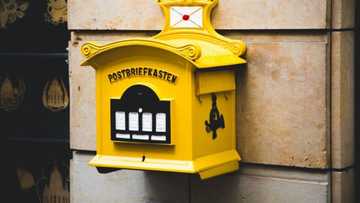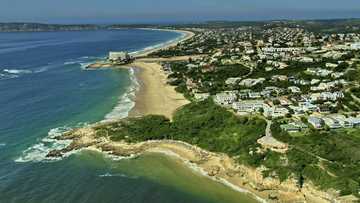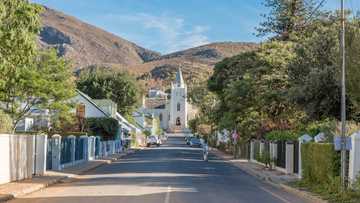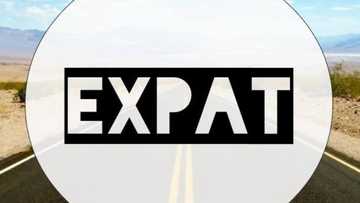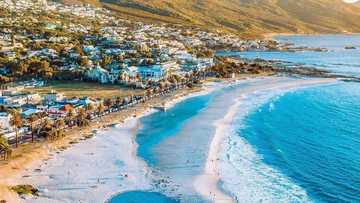South African provinces by size, languages and capital cities
How well do you know South Africa? Do you know how big the country is? Given the South African provinces map, will you be able to locate the position of the different South African regions and the cities? These are some of the skills that any patriotic citizen should have. The below details about the regions will equip you with more skills and knowledge about the country. Read on!
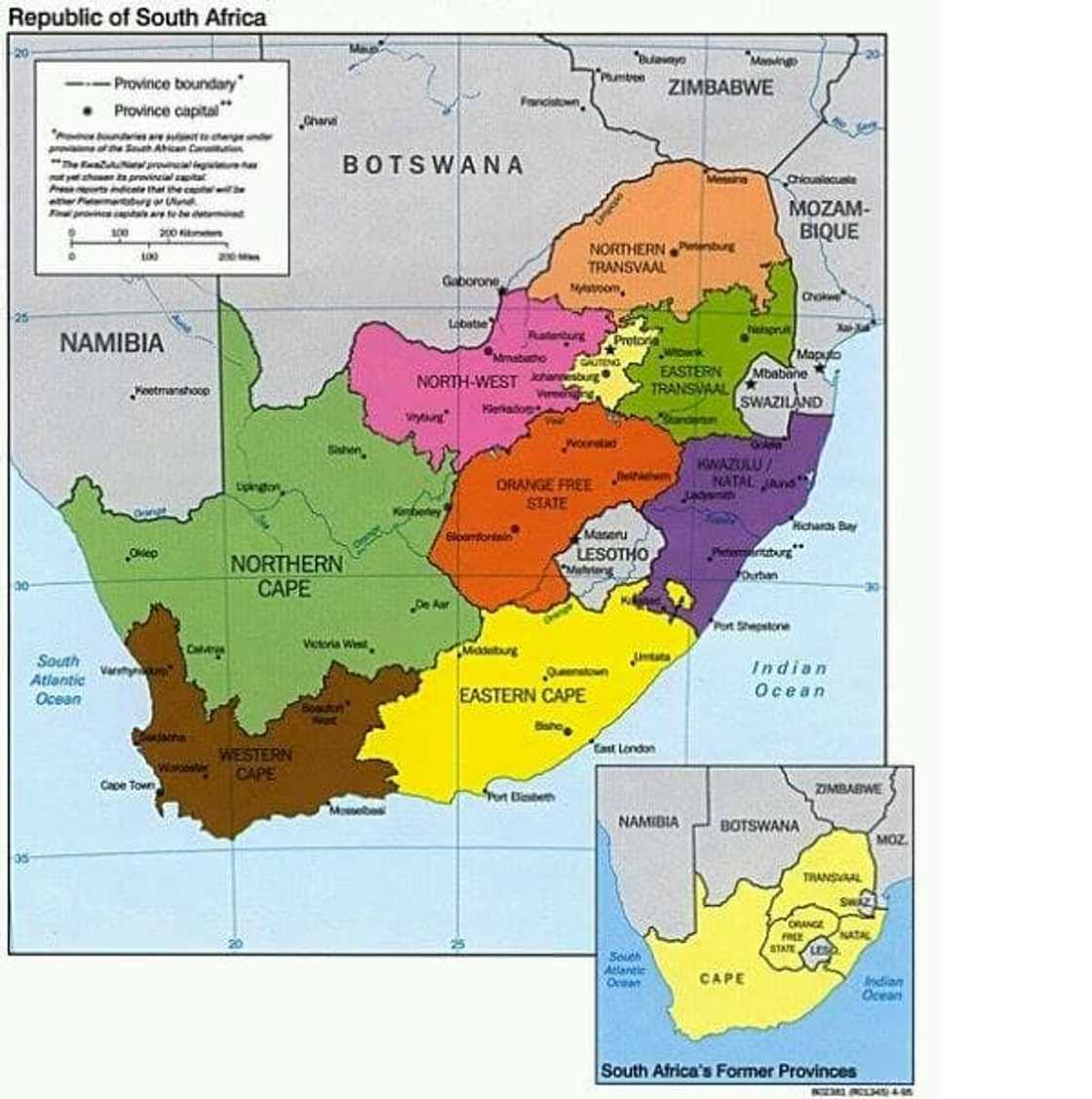
Source: UGC
How many provinces are there in South Africa? How well can you describe them? You do not need to be a geographer to answer these questions. The details about the South African provinces influence most of the aspects like the country's population distribution and population density. Hence, it is necessary to be conversant about them. How about finding out the facts about the regions?
Provinces of South Africa
Before 1994, South Africa was subdivided into four provinces. The four territories were: Orange Free State, Transvaal, Cape, and Natal. Orange Free State and Transvaal were popularly known as Boer republics while Cape and Natal were British colonies. These four had been united in 1910 to form the four states in the country.
READ ALSO: Current implementation delays of party funding laws prove worrisome
In 1996, when the new constitution was adopted, the homelands that had been in operational initially were dismantled. The country was subdivided again to nine regions. If you were wondering how many provinces are there in South Africa, the answer to the question is nine.
The nine provinces of South Africa
According to the map of South African provinces, the country is divided into nine provinces. They are Limpopo, Mpumalanga, KwaZulu Natal, Free State, North West, Northern Cape, Eastern Cape, Western Cape and Gauteng.
The size of the nine provinces of South Africa
Differences in size and population characterise the different regions in the country. Gauteng, for instance, is the smallest and yet most crowded region as compared to the Northern Cape. Northern Cape is the biggest province in South Africa by size. It covers an area of 372,889 square kilometres which translates to 30.5% of the total South Africa area. Second on the list is Eastern Cape with an area of 169,966 square kilometres, translating to 13.8%. It is followed by Free State which has an area of 129,825 square kilometres, accounting for 10.6%.
The fourth-largest province in South Africa is Western Cape, with an area of 129,462 square kilometres which accounts for 10.6% of the total area. The fifth on the list is Limpopo, with an area of 125,755 square kilometres, which accounts for 10.3%. The sixth-largest province is North West whose area is 104,882 square kilometres, which translates to 8.6%. KwaZulu-Natal is the seventh on the list, and it occupies an area of 94,361 square kilometres, which is 7.7%. Mpumalanga is eighth with an area of 79,495 square kilometres, which is equivalent to 6.3%. Gauteng is the smallest province in South Africa, and it has an area of 18,178 square kilometres, which is 1.5%.
These details of the biggest to smallest provinces in South Africa play a significant role in the characters of the country and its spheres of influence.
South African provinces and capital cities
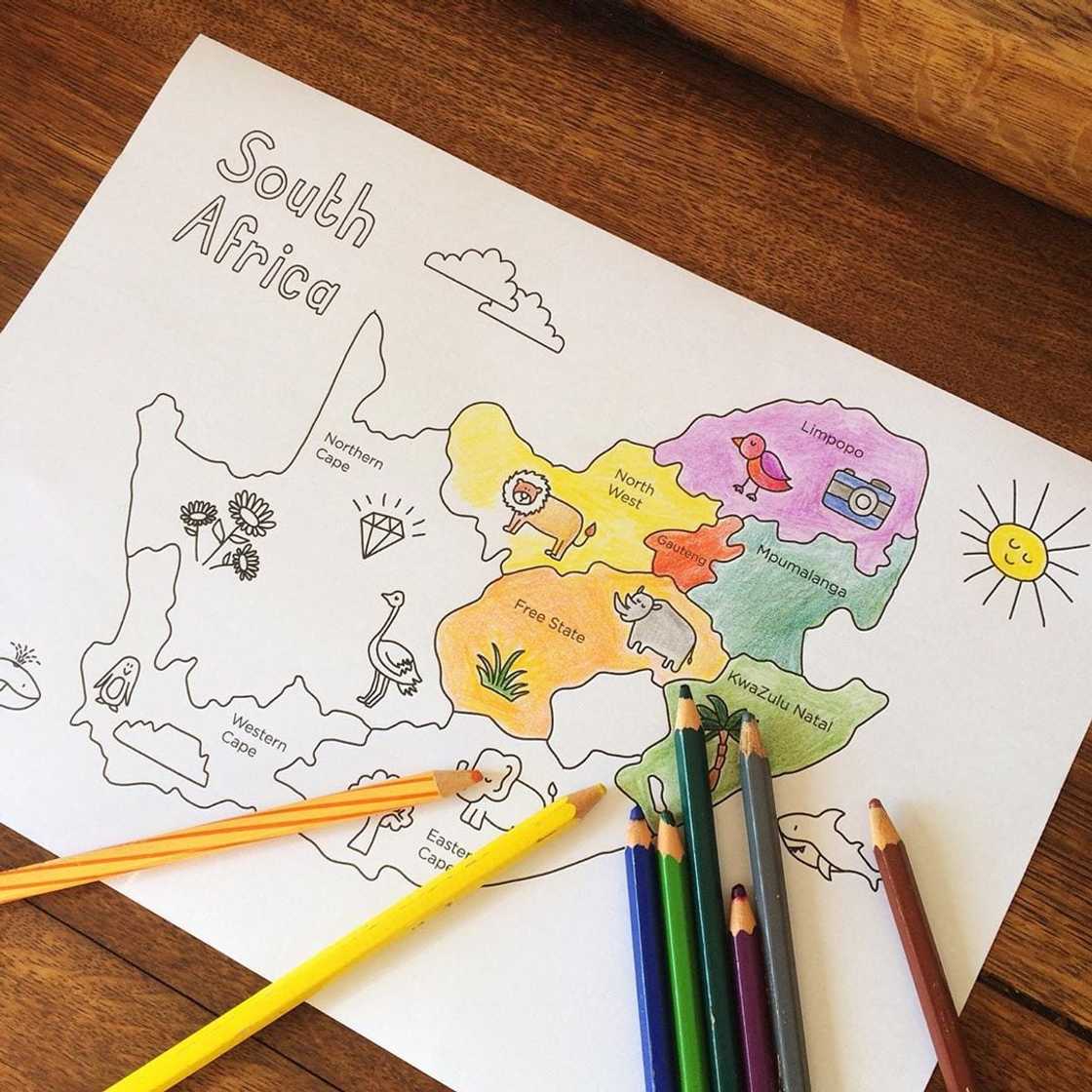
Source: UGC
Each one of the nine areas has a capital city which serves as the capital for the political government of the region. These capital cities are also regarded to be the country's major cities. There is, however, an exception for two of the nine provinces as the two have a capital city and a major city. These two are KwaZulu-Natal and Eastern Cape. The major town in Eastern Cape is Port Elizabeth while the major town in KwaZulu-Natal is Durban.
The capital cities of the different provinces
These are the major cities in different regions:
- Eastern Cape - Bhisho
- KwaZulu-Natal - Pietermaritzburg
- Free State - Bloemfontein
- Gauteng - Johannesburg
- Western Cape - Cape Town
- Northern Cape - Kimberley
- North West - Mahikeng
- Mpumalanga - Mbombela
- Limpopo - Polokwane
Languages of the provinces of South Africa
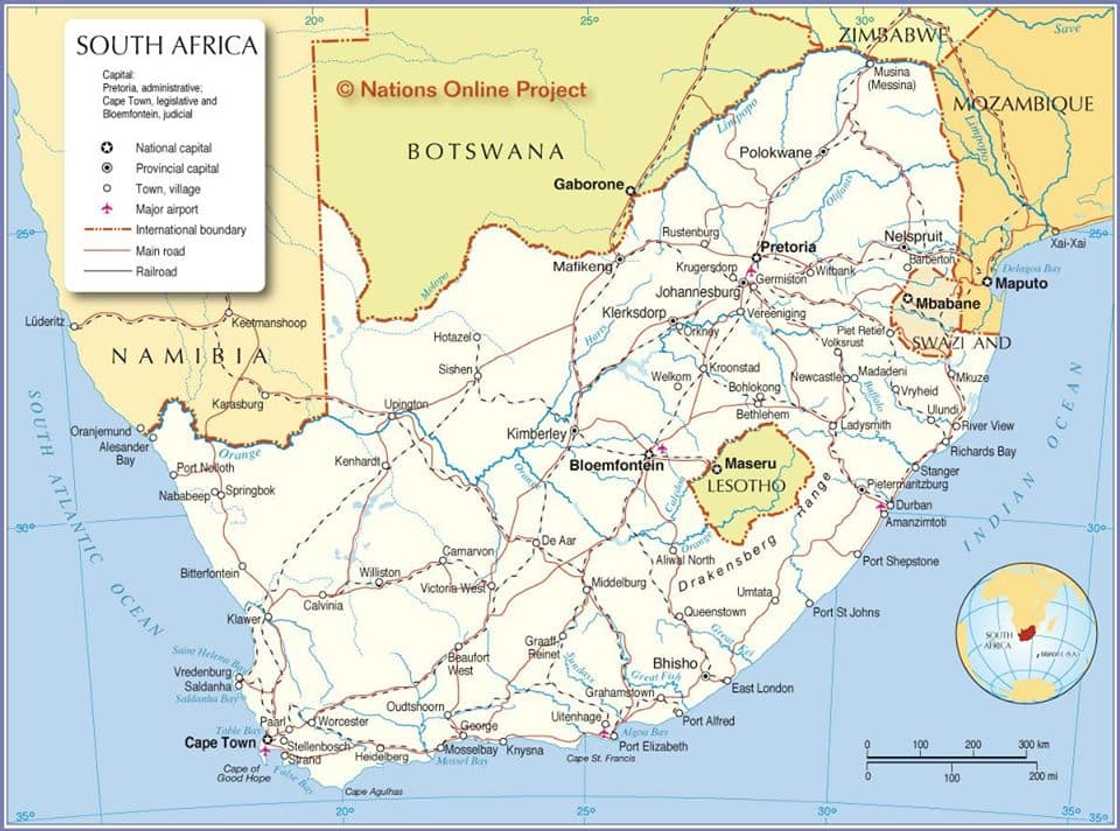
Source: UGC
South Africa is a country that values cultural diversity, and as a result, it boasts of close to thirty-five indigenous languages. Out of the thirty-five, eleven languages make up the country's official languages. The eleven official languages that are guarded by the constitution are English, Afrikaans, Zulu, Xhosa, Sepedi, Tswana, Sotho, Swazi, Tsonga, Ndebele, Venda. Out of the eleven languages, English is the official language that is used in state and parliamentary discussions.
According to a report that was submitted after the 2011 census, the language variation in the different regions is quite considerable.
isiZulu
Interestingly, isiZulu is the most commonly spoken language in the country, as 22.7% of the country's population communicate in Zulu. It is the most commonly-used language in KwaZulu-Natal and Gauteng.
Afrikaans and Xhosa
Afrikaans is the most common language that is spoken in Western Cape and Northern Cape. Xhosa is the most commonly spoken language in Eastern Cape.
Sesotho
Sesotho is the most common language in Free State. In Limpopo province, the most commonly spoken language is Sesotho sa Leboa.
Siswati and Setswana
Siswati is the most commonly spoken language in Mpumalanga. In North West province, the language that is commonly used is Setswana.
Even though the provinces have particular languages that are dominant, Gauteng is dominated by several languages that are commonly used. One is not tied to being conversant with isiZulu for them to communicate. The other languages that are common in the region are English, Afrikaans, and Sesotho sa Leboa.
By now, if someone asked you to describe the South African provinces or if you were given the South African map with provinces and were asked to mention the cities in each one of them, it should not be a difficult task. As a patriotic citizen of the country, this information has the bare minimum of facts that explain how and why the country is the way it is.
READ ALSO:
- Springboks headed home: Gautrain offers free rides to citizens
- Fact Check: The extent of South Africa's current poverty crisis
- Desperate graduate opens up about struggles of being unemployed
Source: Briefly News

